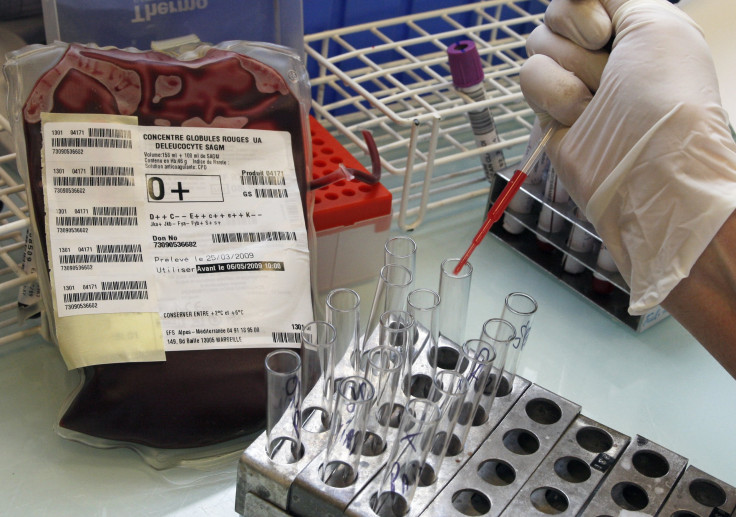Ovarian Cancer Can Resists The Effects Of Chemotherapy

Providing a new hope to cancer patients, the research team from Australia has discovered how the ovarian cancer cells evade the chemotherapy and become resistant to drugs. The researchers claim that the cancerous cells lock themselves the “survival mode” to avoid the effect of chemotherapeutics on them. According to Professor Sean Grimmond from University of Queensland's Institute for Molecular Bioscience, there are at least four different ways through which the ovarian cancer cells make their escape from the platinum-based chemotherapy drugs.
He says, “One way involves breaking and rearranging big groups of genes - the chromosomes. This is fundamentally different to other cancers where the disease is driven by smaller but more gradual changes to individual genes. It is essentially shattering big chunks of the cell's hard drive and moving them around, rather than just changing bits in the files."
The study findings, published in the journal Nature, are based on the analysis of DNA samples extracted from the tumours of 91 patients diagnosed with high-grade serous ovarian cancer, or HGSC, from the Australian Ovarian Cancer Study .The researchers carried out whole genome sequencing on these DNA samples to obtain their results. It has been reported that HGSC is the most fatal form of ovarian cancer with few chances of survival since the recurrent form of this cancer often develops drug resistance to standard platinum-based chemotherapy whose target is destruction of the DNA of the tumour cells.
The co-author of the study, Professor David Bowtell from Melbourne's Peter MacCallum Cancer Centre and the Australian Ovarian Cancer Study, says that there is very little literature to guide and provide information to clinicians for selecting the right treatment options for women in remission. He says, “For decades clinicians around the world have watched HGSCs shrink under attack from chemotherapy before returning aggressively months or years later. By completely sequencing the cancers, sampled at different stages of disease, for the first time we can map their evolution under the selective pressure of chemotherapy and begin work on better interventions."
Grimmond has further elaborated that with these findings the clinicians can now form different ranges of approach needed to overcome the drug-resistant form of HGSC. Also, the study findings have brought to fore the many sub-types of this cancer, thereby providing opportunities for designing future treatments. He concludes by saying, “We really need to continue to write the atlas for this complex disease and get more sophisticated about the amount of drug we give, when we give it, and the types and combinations of treatments in relation to each patient's cancer."
To contact the writer, email:ruchira.dhoke@gmail.com





















